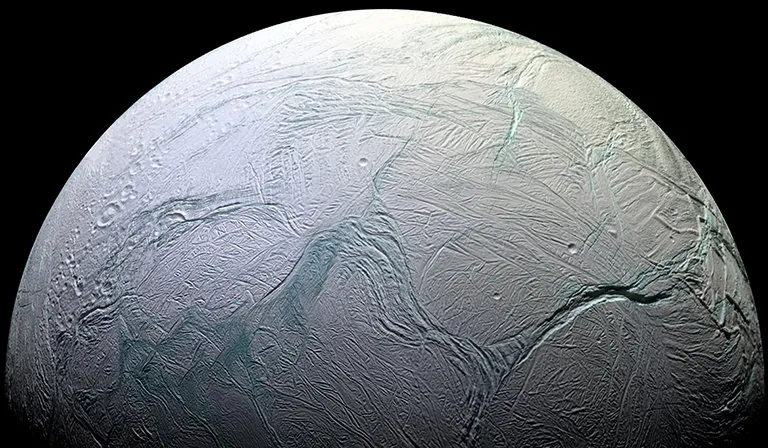
Discovering Miniature Worlds: Free-Floating Planets Might Create Their Own Solar Systems!
2025-08-05
Author: John Tan
Revolutionary Discovery About Free-Floating Planets
In an astonishing breakthrough, researchers from Scotland's University of St Andrews have unveiled that giant free-floating planets may be capable of forming their own miniature planetary systems—without any star to orbit around! This groundbreaking study paves the way for a deeper understanding of how these cosmic enigmas operate in the vast universe.
Unraveling the Mysteries with Cutting-Edge Technology
The team utilized the powerful James Webb Space Telescope (JWST) to inspect eight young, isolated objects that possess masses ranging from five to ten times that of Jupiter—our solar system's largest planet, which is already a whopping 318 times heavier than Earth. Unlike their star-bound counterparts, these celestial bodies float freely in space, making them extremely challenging to observe since they emit very little light.
Birthed from Cosmic Chaos
Current theories suggest that these free-floating planets formed from the collapse of giant gas clouds similarly to stars. However, they lack the mass necessary to initiate nuclear fusion at their cores, marking a significant distinction between them and true stars. Interestingly, scientists speculate that some of these enigmatic objects may have once orbited stars, only to be ejected into the void of space.
Signs of Planetary Formation
In a remarkable twist, the team's observations revealed that six of these free-floating giants exhibit excess infrared emissions, indicative of warm dust in their vicinity. These emissions hint at the presence of protoplanetary disks—regions known to be the breeding grounds for new planets. The researchers even detected silicate grains in these disks, showcasing early signs of dust growth and crystallization that are crucial steps in the formation of rocky planets.
A New Chapter in Astronomy
While silicate emissions have been observed previously in stars and brown dwarfs, this marks the first detection of such emissions in planetary-mass objects, revolutionizing our understanding of planetary system formation. This research builds on earlier findings, suggesting that protoplanetary disks around free-floating planets can endure for millions of years—providing ample time for the birth of new worlds.
Could We Have Mini Solar Systems in Our Universe?
Dr. Aleks Scholz, the leading investigator, stated, "Taken together, these studies illustrate that objects with masses similar to giant planets could indeed form their own small-scale planetary systems. These systems might resemble our own solar system, just on a smaller scale!" However, he warned, "Whether such systems truly exist remains an open question."
The Ongoing Search for Celestial Families
In parallel with this study, astronomers have recently made waves by observing the very early stages of a new solar system forming around a baby star named Hops-315, located 1,300 light-years away. Researchers are excited about this discovery, as it provides a unique glimpse into the cosmic processes that shape galaxies and solar systems.
As we explore these newly discovered worlds, we’re left asking: What other secrets does the universe hold about the formation of celestial bodies? The adventure has only just begun!




 Brasil (PT)
Brasil (PT)
 Canada (EN)
Canada (EN)
 Chile (ES)
Chile (ES)
 Česko (CS)
Česko (CS)
 대한민국 (KO)
대한민국 (KO)
 España (ES)
España (ES)
 France (FR)
France (FR)
 Hong Kong (EN)
Hong Kong (EN)
 Italia (IT)
Italia (IT)
 日本 (JA)
日本 (JA)
 Magyarország (HU)
Magyarország (HU)
 Norge (NO)
Norge (NO)
 Polska (PL)
Polska (PL)
 Schweiz (DE)
Schweiz (DE)
 Singapore (EN)
Singapore (EN)
 Sverige (SV)
Sverige (SV)
 Suomi (FI)
Suomi (FI)
 Türkiye (TR)
Türkiye (TR)
 الإمارات العربية المتحدة (AR)
الإمارات العربية المتحدة (AR)